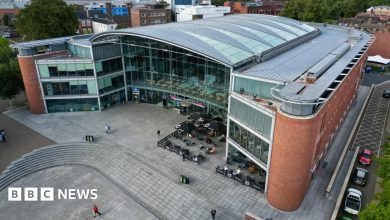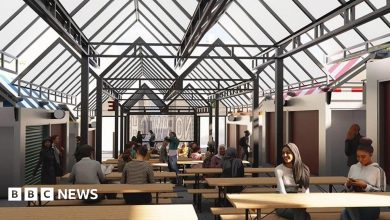Affordable homes could be cut back on large Norwich estate

The Evolving Story of a Golf Club Redevelopment Project
A property developer that received approval in 2016 to transform a former golf club into a residential community is now facing scrutiny after proposing significant changes to its original plans. Initially, the company committed to building 1,000 homes on the site, with a promise that one-third of these would be designated as affordable housing—offered at below-market rates for both rental and purchase options. This commitment represented an important contribution to the local housing crisis, providing approximately 333 units that would be accessible to those unable to afford standard market prices in the area. Construction began shortly after approval, and according to a report presented to local councilors, the developer successfully met its affordable housing obligations during the first two phases of the project.
However, the landscape of the development has recently shifted as the company announced substantial modifications to its original vision. Citing unexpected challenges with surface water management and significant increases in construction costs, the developer has revised its plans downward. Instead of the originally promised 1,000 homes, they now anticipate building approximately 780 units—a reduction of about 22% from the initial proposal. More controversially, the company has declared that providing any additional affordable housing beyond what has already been built is no longer economically viable given these new constraints. This announcement has sent ripples through the local community and raised concerns among housing advocates about the diminishing availability of affordable options in an increasingly expensive market.
The implications of this change are substantial, as highlighted in a report prepared for Broadland councilors. The document warns that accepting the developer’s revised proposal would result in the loss of approximately 185 affordable homes that were originally planned for the site. This represents a significant blow to local housing initiatives aimed at providing more accessible living options. The situation raises important questions about the balance between commercial viability and social responsibility, particularly when developers make commitments that factor into planning decisions but later seek to modify those commitments based on changing economic conditions. For many families hoping to find affordable housing in the area, these 185 units represented potential homes and stability in a challenging housing market.
The situation exemplifies a common tension in urban development projects, where initial promises made during the planning and approval stages can sometimes prove difficult to maintain as projects evolve. While developers face genuine challenges including inflation, supply chain issues, labor shortages, and unexpected site conditions, communities and local governments often rely on these commitments when making planning decisions. The surface water issues cited by the developer highlight the environmental complexities that can emerge during large-scale development projects, particularly when transforming spaces like golf courses that were designed to manage significant amounts of water. These technical challenges, combined with the economic pressures of rising construction costs in recent years, have created a difficult situation for both the developer and the local authority.
The council now faces a difficult decision: whether to hold the developer to its original affordable housing commitment despite claims of financial non-viability, or to accept the reduced proposal and its implications for affordable housing supply. This decision will likely involve careful scrutiny of the developer’s financial models and claims about viability, as well as consideration of alternative approaches that might salvage some portion of the affordable housing component. Some possibilities might include density adjustments, design modifications, or alternative financing mechanisms that could help bridge the gap between commercial viability and social needs. The outcome will have lasting consequences for both the character of the development and the broader community’s housing landscape.
For local residents, this situation represents more than just numbers on a planning document—it reflects the real challenges many face in finding suitable and affordable housing. The promised affordable units would have provided opportunities for essential workers, young families, and older residents to remain in their community rather than being priced out. As housing costs continue to rise across the country, the loss of nearly 200 affordable units in a single development represents a significant setback for local housing strategies. The final decision on this matter will likely involve public consultation, further technical and financial analysis, and careful consideration of both legal obligations and community needs, as local authorities attempt to balance development requirements with the pressing demand for affordable homes in their jurisdiction.









koe0ky
454hjz
i7n7l3